HOW ‘ALTERNATIVE ENERGY’ WILL TRANSFORM THE AMERICAN WEST (and WHERE are the environmental protests?) (From October/November 2009)
By Kevin Emmerich & Laura Cunningham
The sunrise reflected on fingers of sheet water filling the sand washes as we hiked up an enormous fan of granitic stone and gravel that poured out of a canyon in the Lucy Gray Mountains. A loggerhead shrike winged past us, hunting whiptail lizards, calling harshly as it landed on green spears of a Mojave yucca. A few pools of water revealed the hidden activity of the night before, delicate kangaroo rat tracks and paw prints of kit fox passing through the mud edges. What surprised us most, however, were the abundant desert tortoise burrows, deep half-moon shaped shelters dug into the loose fan sediments by the reptiles to over winter or escape the aridity of midsummer. But the monsoon had just started in these parts, and yesterday’s thundershowers had triggered green leaf sprouts in the galleta grass and fluffgrass tufts, favorites of the herbivorous tortoises. They were out.
We had come to this desert garden in southern Nevada’s tip to ground-check the Green Economy.
Hiking for two hours up the fan at dawn, the humidity engulfing us, we tried to get at least halfway through this giant renewable energy project site on public land before the day heated up into electrical storms.
This new proposal to develop nearly 8,000 acres of Bureau of Land Management land in two phases continues the ‘domino effect’ of solar developers making a land rush in the West. Instead of housing tracts, this time it is utility-scale solar companies, often seeking to gobble up large 4,000 acre pieces of land at a time.
NextLight Renewable Power, LLC (formed by New Jersey-based private equity firm Energy Capital Partners, a group of high-rolling Goldman-Sachs investors who seem to buy and sell power generation plants, gas pipelines, dams, coal reserves — and soon carbon credits — like the rest of us trade used clothing) wants almost 8,000 acres of pristine desert to construct a massive array of photovoltaic panels. We noticed quickly that the 4,600-acre ‘phase one’ Silver State South site occupies some of the highest quality tortoise habitat we have seen in a while. The fan is two miles east of Primm, Nevada and about ten or so miles from another proposed project, a set of concentrated solar thermal ‘power towers’, the Ivanpah Solar Electric Generating System, across the basin in California. That project would tear up 3,400-acres (5.3 square miles) of biologically diverse Mojave Desert. In fact, this could easily be called “old growth Mojave Desert”.
These projects are located within the Northeastern Recovery Unit first outlined in the Fish and Wildlife Service 1994 Desert Tortoise (Mojave Population) Recovery Plan. The NextLight site was also once proposed to be included in the Piute-Eldorado Desert Wildlife Management Area (DWMA) as Critical Habitat for the desert tortoise (then removed for political reasons). The site appears to be in very good shape for recovery. There is very little sign of off highway vehicle use and minimal sign of invasive species. Development of just one of these projects would be so large that it could cut off the connectivity that many wildlife species require to maintain their genetic diversity. As it turns out, saving our planet from climate change this way, could very well lead to the extinction of this keystone species of the Mojave Desert.
The biggest irony here is that all the photovoltaic panels that NextLight proposes to build on the desert way out here could go on rooftops, over parking areas, and on brown fields in Las Vegas, just 45 miles up the highway. At another public meeting for a proposed giant wind energy project near the Nextlight site, we asked a county commissioner why the city did not have programs available to enable the public to install photovoltaic systems on our rooftops in a cost-effective manner. Several California cities have incentives that give loans to install rooftop solar with no upfront funds. Feed-in-tariffs are another way to help bring affordable local solar to the cities, and end the need for massive new transmission lines to hook up distant industrial solar and wind projects out in the wildlands to city users. Many communities are also developing collective solar agreements to reduce the costs by making whole neighborhoods locally solar-powered. So there are alternatives to destruction of the desert. We are not always saying “no” to every renewable project. But the commissioner shrugged and said he did not know about such programs, and none are planned.
Luckily, whenever there is such a large assault on our last wilderness by any developer, the environmental groups send in the white knights! Ughhhh…were those white knights supposed to get here today? No? Can we at least get one environmental activist to say hello to us?
A few weeks after our site visit, we attended a local BLM scoping meeting for the NextLight Silver State South project. There seemed to be plenty of empty chairs to choose from. Just where were all those environmentalists? We and a local group, the Amargosa Conservancy, were the only ones speaking up about loss of tortoise lands. An off-roader also made a pubic comment about how three trails were going to be blocked by the massive project, and he too said the tortoises needed protection here. While many environmentalists are the first ones to point fingers at off roaders for being the cause of so much ecological destruction, we are seeing a situation where off roaders are being better stewards of the land than the good ole’ Sierra Club! Yes, there are a couple of OHV trails near the site, but the riders stay on the trails and stay off the tortoise habitat. In these strange times, our allies are shifting away from mainstream environmentalists. So a couple of ATV riders said, “Leave our trails open, protect the desert tortoises on the site and put the solar panels on the rooftops in Las Vegas.” Carl Zichella, renewable energy coordinator for the Sierra Club is saying that we need to develop half of the Mojave Desert for renewable energy so the other half will survive global warming. You have the same sun in the same desert beating down on those bare rooftops in Las Vegas everyday. Sounds like the off roader is a better environmentalist! Sorry Carl, you get an F…
So where are all those enviros? Have all of them really decided that destroying large tracts of wilderness to make room for large industrial energy developments are the only way to save humanity from global warming?
One by one, the big name environmental organizations fell like Dominos. The Sierra Club, National Resources Defense Council, Greenpeace, and the Wilderness Society have all taken the position of “develop the desert or doomsday”. They seem outright convinced that development and complete removal of these ecosystems is an essential move we must make to curtail greenhouse gas emissions. Many of them will tell you that using alternative energy in environmentally low impact ways would not be enough, yet the same people never seem to recognize the carbon or GHG footprint large industrial renewable energy leaves.
Most industrial renewable solar plants require a natural gas burning base load to keep the power running after hours, while roof top photovoltaics can store after hour energy in small battery systems. Another inconvenient truth is the large network of transmission lines that will not only soil the last remaining beauty of the American landscape, but release a little known greenhouse gas called SF6 gas which is used primarily in electricity transmission—and is emitted in especially large amounts in construction of new lines. According to the US Environmental Protection Agency, SF6 gas is 24,000 times as potent as CO2 in its global warming impacts.
Environmental organizations often take tax deductible grants from large Wall Street entities. When large energy developers give out grants to large commercial environmental organizations, it seems like industrial energy development conveniently goes “green”. One hope is that many local chapters of these organizations have not lost their vision. Many long time desert activists are not so willing to give up their ideals. If anything holds these big groups together, it is the grass roots people that created them.
Seems like 20 or 30 years ago, folks were concerned about protecting their local places, that specific mountain, the river nearby, those particular named canyons near where they lived, and the wilderness they hiked in. Today the shift among environmentalists has highlighted the global, the abstract, even the corporate model of “saving the Earth.” We are often lectured by this new hybrid of industrial green energy environmentalists about how our attempts to slow down these renewable energy mega-developments will expedite the warming of the planet and the extinction of the polar bear. We find it ludicrous that these same people would support actions that could lead to the extinction of species like the desert tortoise in an attempt to save the polar bear. Who told them that they were justified in choosing which species get to survive and which do not? Our position is that the destruction of desert ecosystems, which have been shown to be excellent resources for storing vast quantities of soil carbon, will only speed up the potential habitat loss for the polar bear. Climate is, after all, a global system.
We formed Basin and Range Watch as volunteers to go against this trend. We live in rural backcountry Nevada and we are happy to be NIMBYs, trying to protect our desert home from becoming the next “resource” for extraction. We have worked as biologists, often on government jobs, so we were familiar with the process of how public lands are (mis)managed. We can only hope that our present crop of land managers will realize how valuable the giant desert fan full of tortoises and cholla that NextLight seeks to grab is, and leave it be.
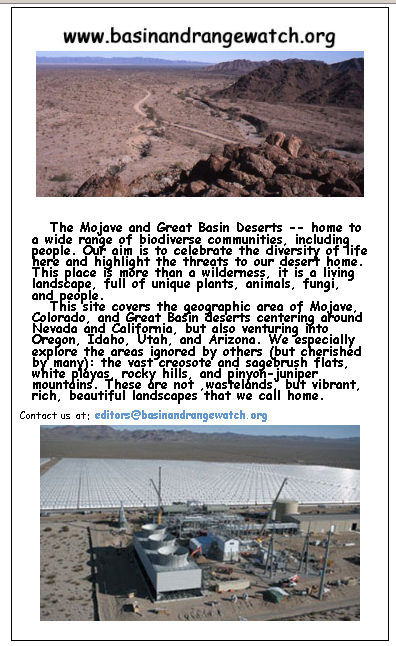 Click the image to visit their web site:
Click the image to visit their web site:
The Feb/Mar Z is online (click the cover)
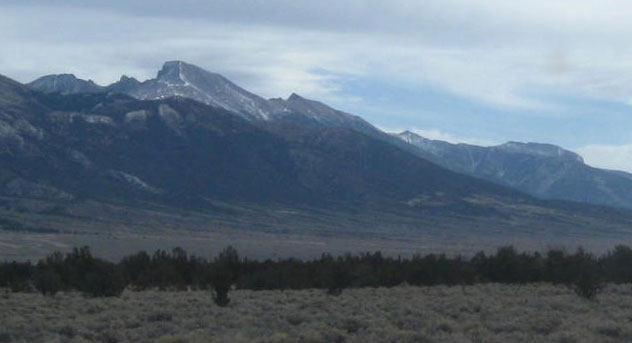
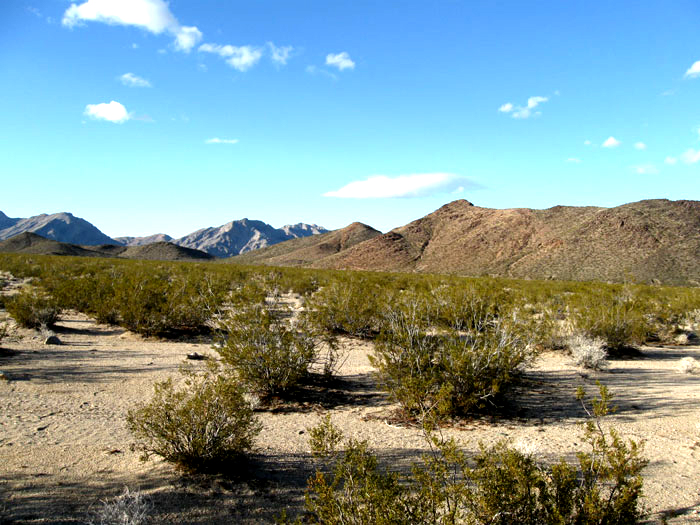
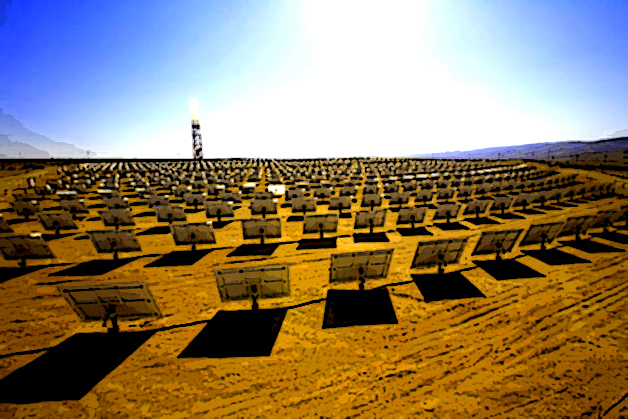
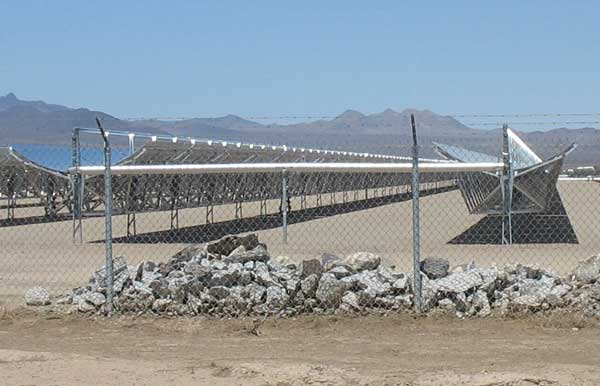
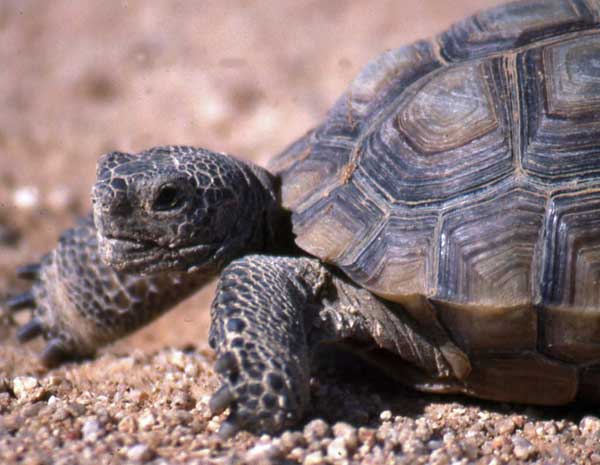
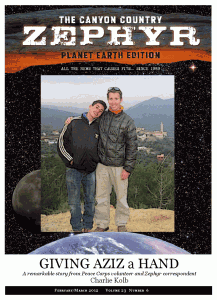






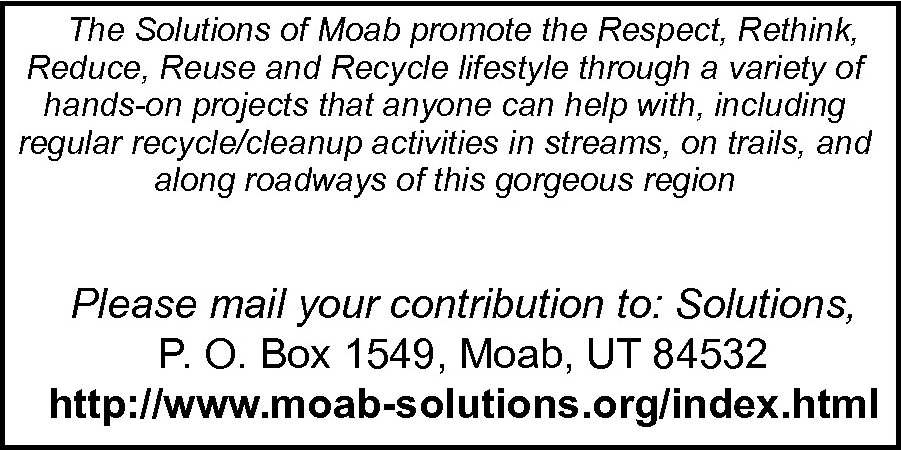






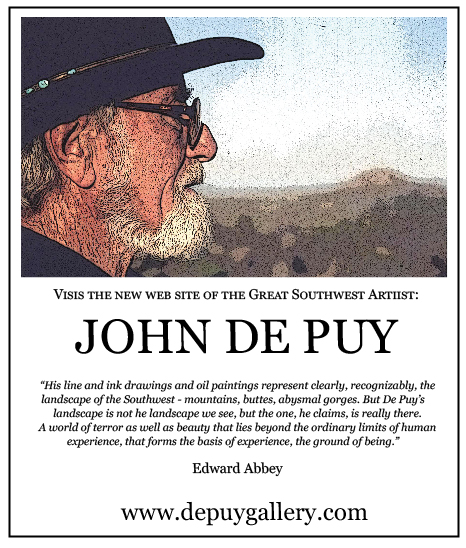


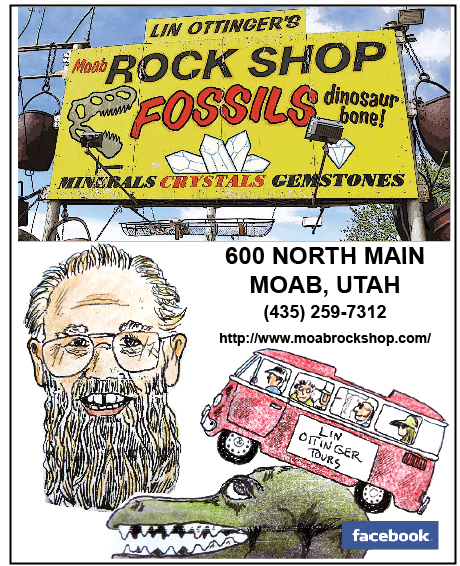


0 Responses
Stay in touch with the conversation, subscribe to the RSS feed for comments on this post.